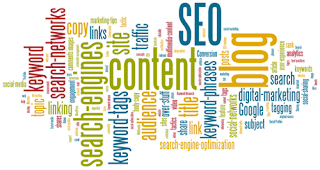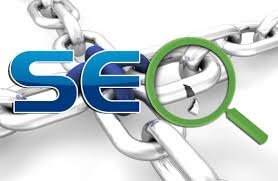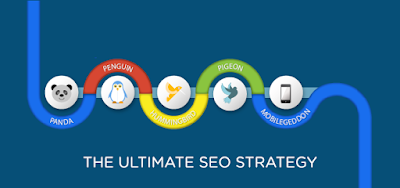Content Optimization
Search engine optimization (SEO) is the process of optimizing the web pages that affect the visibility of the web page in a web search engine’s organic results. Content optimization is the process of increasing the higher ranking of a website/blog to get listed at the top in search results. Content optimization means optimizing in terms of title and Meta description, keyword optimization, link optimization, image optimization and authorship optimization.
Steps In optimization
Title and Meta Description Optimisation
Before going to title and Meta description we have to concern about snippet. While we are searching, using certain keywords in the search engine google list many search results according to their page ranking. The search results are listed in the form of the snippet. ie, snippet include the page title, URL and Meta description. The best title tag ranges from 35 – 60 characters. Title tag speaks about what your website in a short and efficient way. It shouldn’t contain spelling or grammatical mistakes. It must contain 3 or more words. Title tags are affected by pixel width, so capital letters used in title tags are minimal. If more capital letters are used in the title, it will increase the pixel width and results in the listing of title tags. The second important thing in the snippet is Meta description. The best Meta description ranges from 155-160 characters on a page. While in a post they are up to 155 characters because in listing post google also include the date that has been posted. Meta description speaks about a short description or introduction about the content that have been posted on the website/web page. Title tag and Meta description must be unique. The h1, h2, and h3 tags also consider as an important factor in content optimization. The h1 tag must be once in a page, it is the title of the post. The h2 tag may be one or two in a post, but try to put once on a page. It is the subheading of the page. The h3 tag may be two or more, it is the minor headings.
Keyword Optimization
Keywords are the words that are used by the user to search in the web search engine regarding their queries. The keyword is an important factor for listing website/article on google top results. Keyword density is the ratio of a number of times a keyword or phrase appears on a web page/article to the total number of words on the page. Keyword density is used as a factor in determining whether a web page is relevant to a specified keyword. For eg, if the keyword is used only two times in a blog containing 100 words, then the keyword density is 2%. Google doesn’t consider a number of keywords used as a factor in ranking. So don't stuff the contents with lots of keywords. Try to include the keyword in the first paragraph. In content writing, add bold letters in keywords for big paragraphs. It will help in user’s readability and time spent on the website. It doesn’t help in the ranking of the website.
Link Optimization
Link optimization is important in content optimization. Adding links to your website/blog is good when you want to show reference to another web page. So people can know more about the specific topic. Adding links will result in the distribution of page rank to another site. Adding links to highly trusted websites like Wikipedia will help to give your website more trustable.
Image Optimization
Image optimization is another important factor in content optimization. Adding images to your website/blog will help in user’s attention. The optimizing image is based on file name and alt tag. Add images relevant to the content in the website/blog. The file name must be same as the title tag. While saving the name of image use hyphens in between the words. Alt tag/Alt text is the alternate name for the image used. It is important as image file name, instead of hyphens, space can be used in the alt text.



